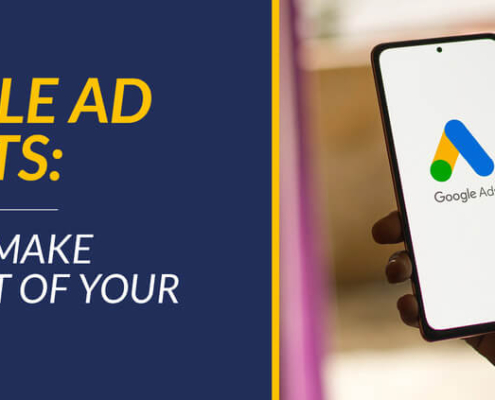
Google Ad Grants: How to Make The Most of Your Free Ads
Imagine having $10,000 each month to get your nonprofit in front…

5 Tips to Improve Internal Communication At Your Nonprofit
In any kind of workplace, how you communicate internally affects…
![Matching Gift Software Accessibility in the Higher Ed Sector [Feature Image with Title Text]](https://gettingattention.org/wp-content/uploads/2023/10/Getting-Attention_Matching-Gift-Software-Accessibility-in-the-Higher-Ed-Sector_Feature-495x400.jpg) https://gettingattention.org/wp-content/uploads/2023/10/Getting-Attention_Matching-Gift-Software-Accessibility-in-the-Higher-Ed-Sector_Feature.jpg
820
2330
Jessica King
https://gettingattention.org/wp-content/uploads/2025/07/header-logo.svg
Jessica King2023-10-10 15:15:002025-09-26 13:07:58Matching Gift Software Accessibility in the Higher Ed Sector
https://gettingattention.org/wp-content/uploads/2023/10/Getting-Attention_Matching-Gift-Software-Accessibility-in-the-Higher-Ed-Sector_Feature.jpg
820
2330
Jessica King
https://gettingattention.org/wp-content/uploads/2025/07/header-logo.svg
Jessica King2023-10-10 15:15:002025-09-26 13:07:58Matching Gift Software Accessibility in the Higher Ed Sector
How Your Nonprofit Can Get Started With the Google Ad Grant
Whether supporters find out about your nonprofit and its cause…